Although it is a pilot project, a representative of the Department of Transport confirmed that the bus route from Giap Bat and Nuoc Ngam to Lao Cai and Sapa will stop immediately if it runs through the city center or during rush hour.
The Hanoi People's Committee has just approved the proposal of the Hanoi Department of Transport to allow a pilot of a new transport route from Giap Bat bus station to Lao Cai bus station, and Nuoc Ngam bus station to Sa Pa bus station according to the fixed route exploitation plan, not operating during rush hours in Hanoi to avoid traffic congestion.
Since 2017, Hanoi has been arranging inter-provincial passenger transport routes according to the plan of dividing the traffic flow from which direction to the first station of that direction. Accordingly, Hanoi to Sapa, Lao Cai buses will depart from Yen Nghia, My Dinh, Gia Lam stations and vice versa.
This raises concerns that the pilot will affect current Hanoi transport route regulations and increase the situation of "circumventing regulations" to allow passenger cars to run through the city center.
At the seminar: "Regulations on inter-provincial passenger transport routes in Hanoi: Keep or remove?" organized by Giao thong newspaper this morning, December 6, Mr. Nguyen Xuan Thuy, Deputy Director of the Department of Transport, Ministry of Transport, said that regulations on transport routes have been mentioned in many legal documents and will continue to be specified in Decree 41 issued in April 2024.
Decree 41 has specifically decentralized to localities to facilitate management work suitable for each province and city and to allow fixed transport routes to access the most suitable and easiest routes.
“The question is whether it is necessary to implement regulations on transport routes or not? I affirm that it is. That is the most special and characteristic feature of inter-provincial fixed-route transport.
In fact, over the past 8 years, the adjustment has been assessed to be highly effective. Of course, it will have certain impacts on business operations, but that is inevitable and route separation is a necessary thing to do," Mr. Thuy emphasized.
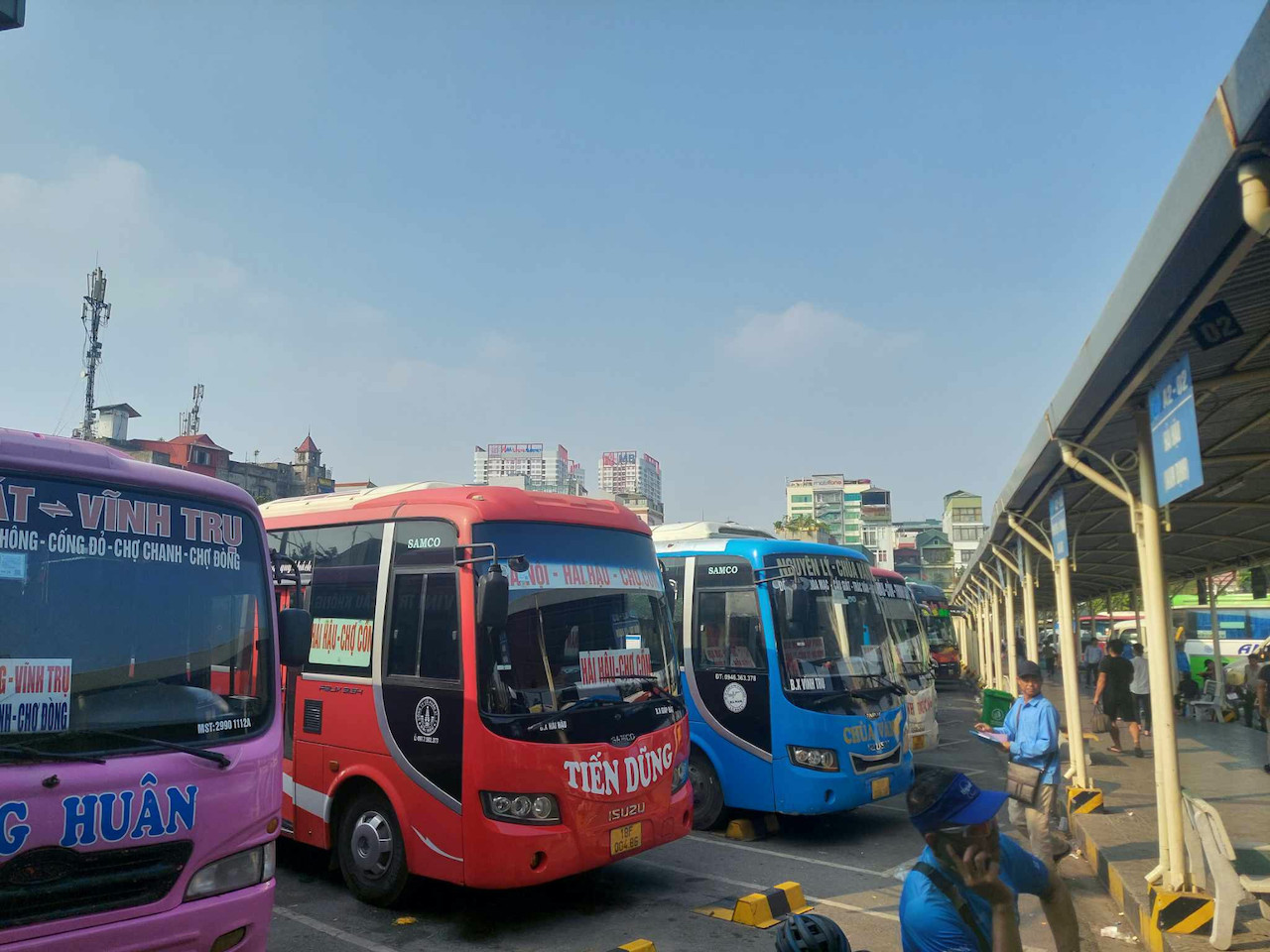
However, Mr. Thuy raised the question: What if other units also apply for a pilot like the recent case of Hanoi?
“I think the Department of Transport needs to review the capacity of Giap Bat and Nuoc Ngam bus stations to see how much the actual capacity of the bus stations can handle, so that if another unit requests to pilot, how many more trips can it handle? How should the pilot be managed differently from normal?
According to business conditions, what conditions must the units meet to be allowed? To do that, the Department of Transport must review the capacity of the bus station for the pilot, how long it will take to meet because only through the pilot can we see if it is effective or not. From there, regulations on routes will be issued.
Management agencies must regularly monitor whether businesses are running according to the schedule or not, running on the right route or not, if there is a violation, they must stop immediately," Mr. Thuy emphasized.
Answering further about this issue, Mr. Nguyen Tuyen, Head of Transport Management Department, Hanoi Department of Transport said that this is a pilot route, the business proposed a much higher quality than the normal route to serve tourists.
“When piloting and implementing a breakthrough activity to serve the people, it is necessary to consider and choose carefully, it is difficult to do it on a mass scale. Sapa is a tourist destination that attracts people, there are many means of transportation to get here.
When doing a pilot project, there must be a certain implementation period of about 6 months - 1 year. During that time, if the enterprise does not fulfill its commitment, runs through the center, to Mai Dich, or during rush hour, we will request an immediate stop," Mr. Tuyen emphasized.
Mr. Tuyen also emphasized that when considering the pilot proposal, the Department also required the unit to meet all the following factors: Suitable for the city's traffic organization, well serving the travel needs of the people, not going through the center causing traffic congestion.
“We will closely check and monitor the service quality of the route. If the unit does not comply with the proposals and commitments, there is no need to wait until the end of the pilot period; if it does not comply with the commitments, it can be stopped immediately.
As for any units that want to continue to register to participate, we will base on the actual situation and traffic volume to make a decision. If necessary, we can still add more businesses and increase traffic volume to meet people's travel needs," said Mr. Tuyen.
Source: https://vietnamnet.vn/ha-noi-thi-diem-tuyen-xe-khach-moi-co-pha-vo-quy-dinh-luong-tuyen-2349349.html



![[Photo] General Secretary To Lam receives Japanese Ambassador to Vietnam Ito Naoki](https://vstatic.vietnam.vn/vietnam/resource/IMAGE/2025/4/3/3a5d233bc09d4928ac9bfed97674be98)
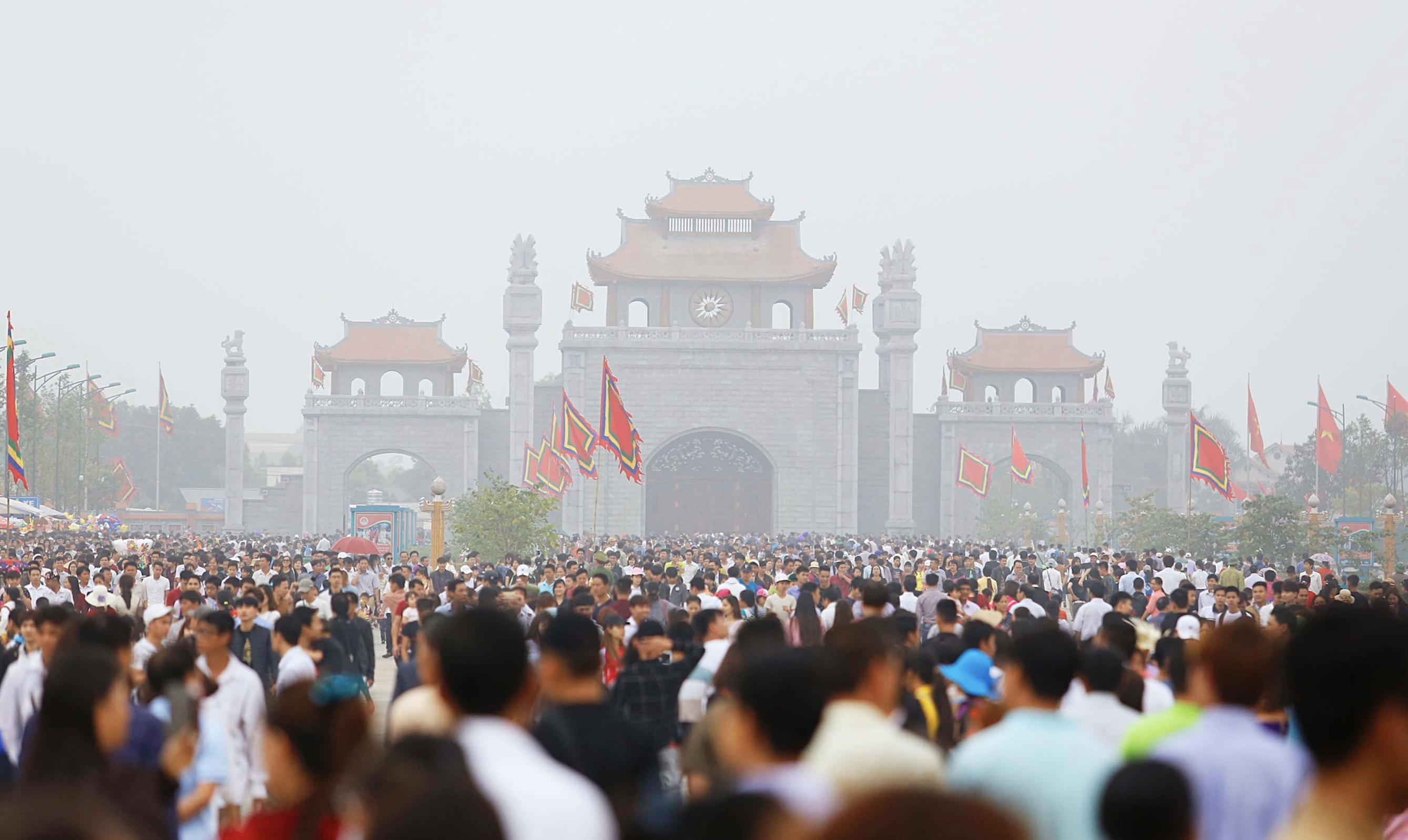
![[Photo] Moment of love: Myanmar people are moved to thank Vietnamese soldiers](https://vstatic.vietnam.vn/vietnam/resource/IMAGE/2025/4/3/9b2e07196eb14aa5aacb1bc9e067ae6f)

![[Photo] Special relics at the Vietnam Military History Museum associated with the heroic April 30th](https://vstatic.vietnam.vn/vietnam/resource/IMAGE/2025/4/3/a49d65b17b804e398de42bc2caba8368)
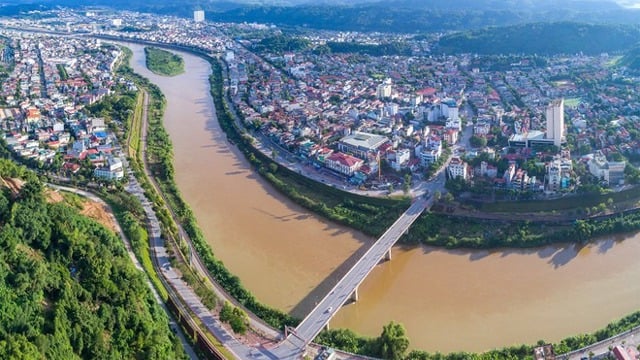

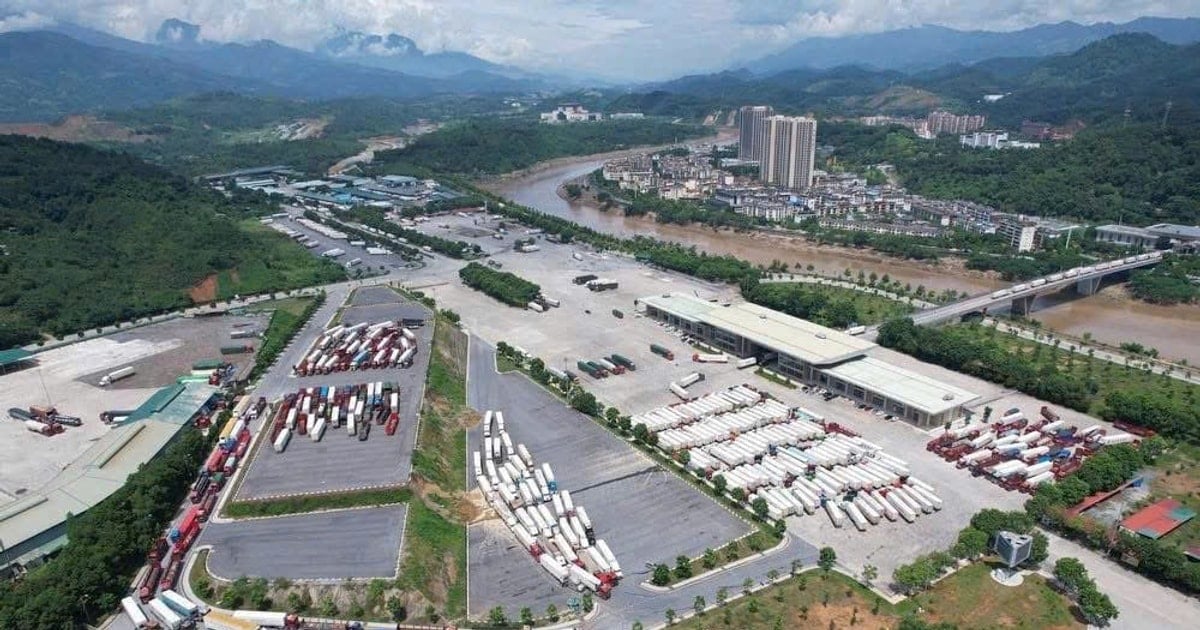

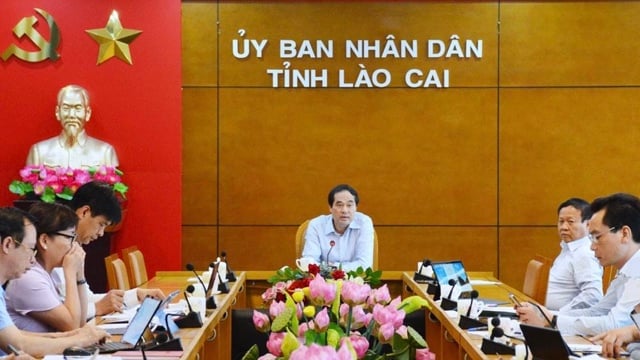
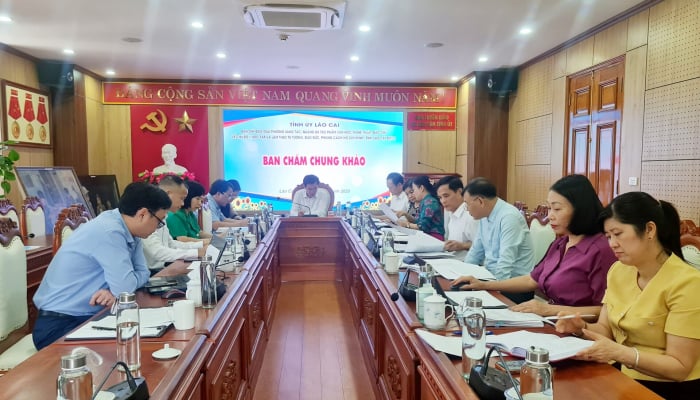



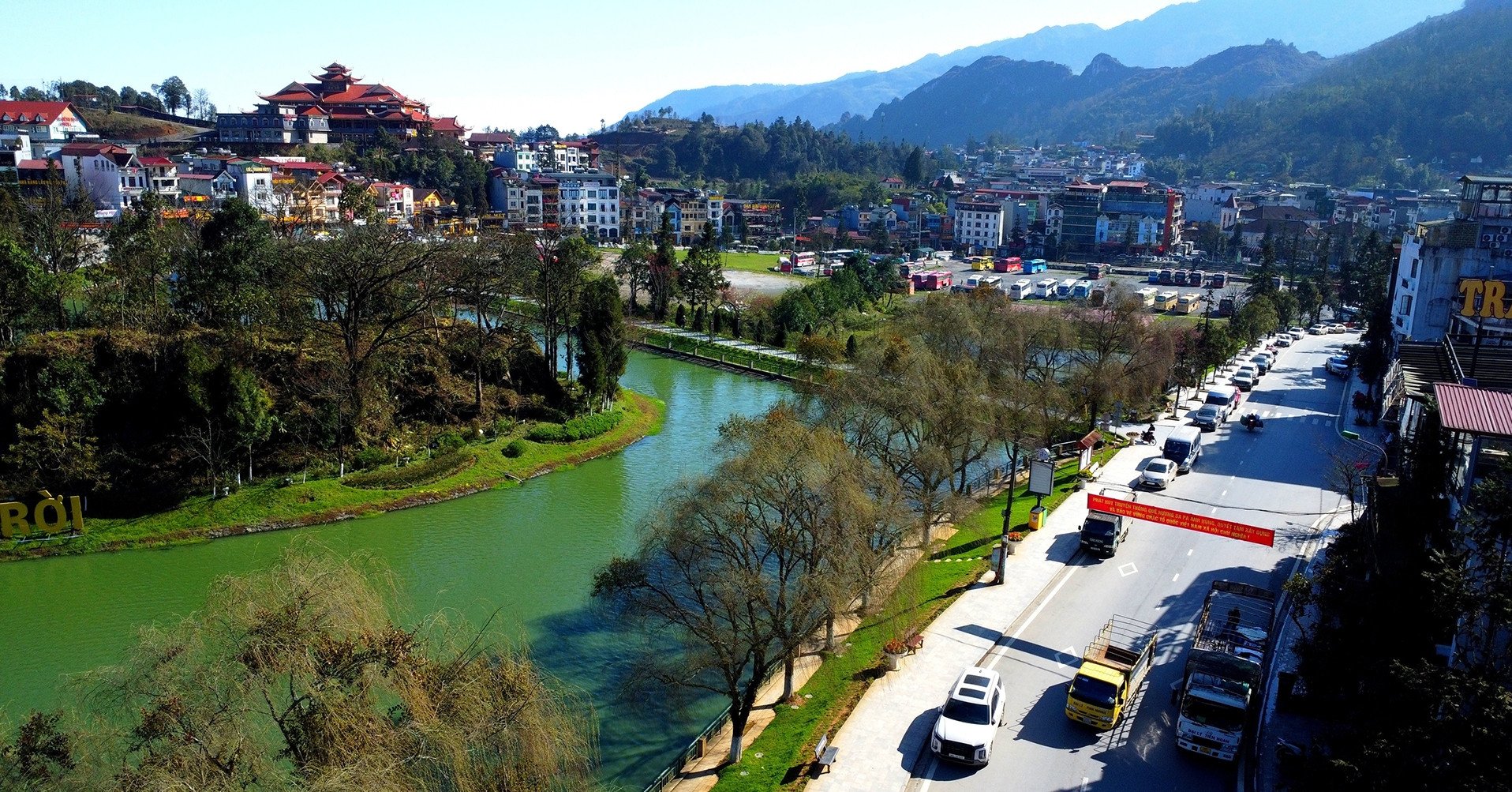



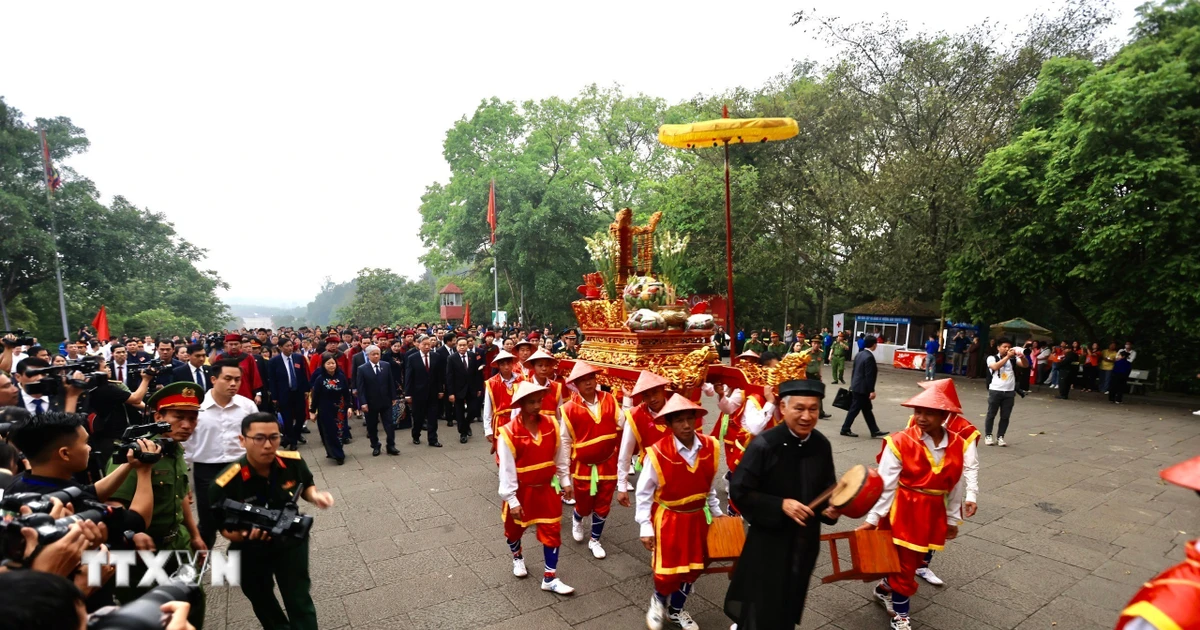
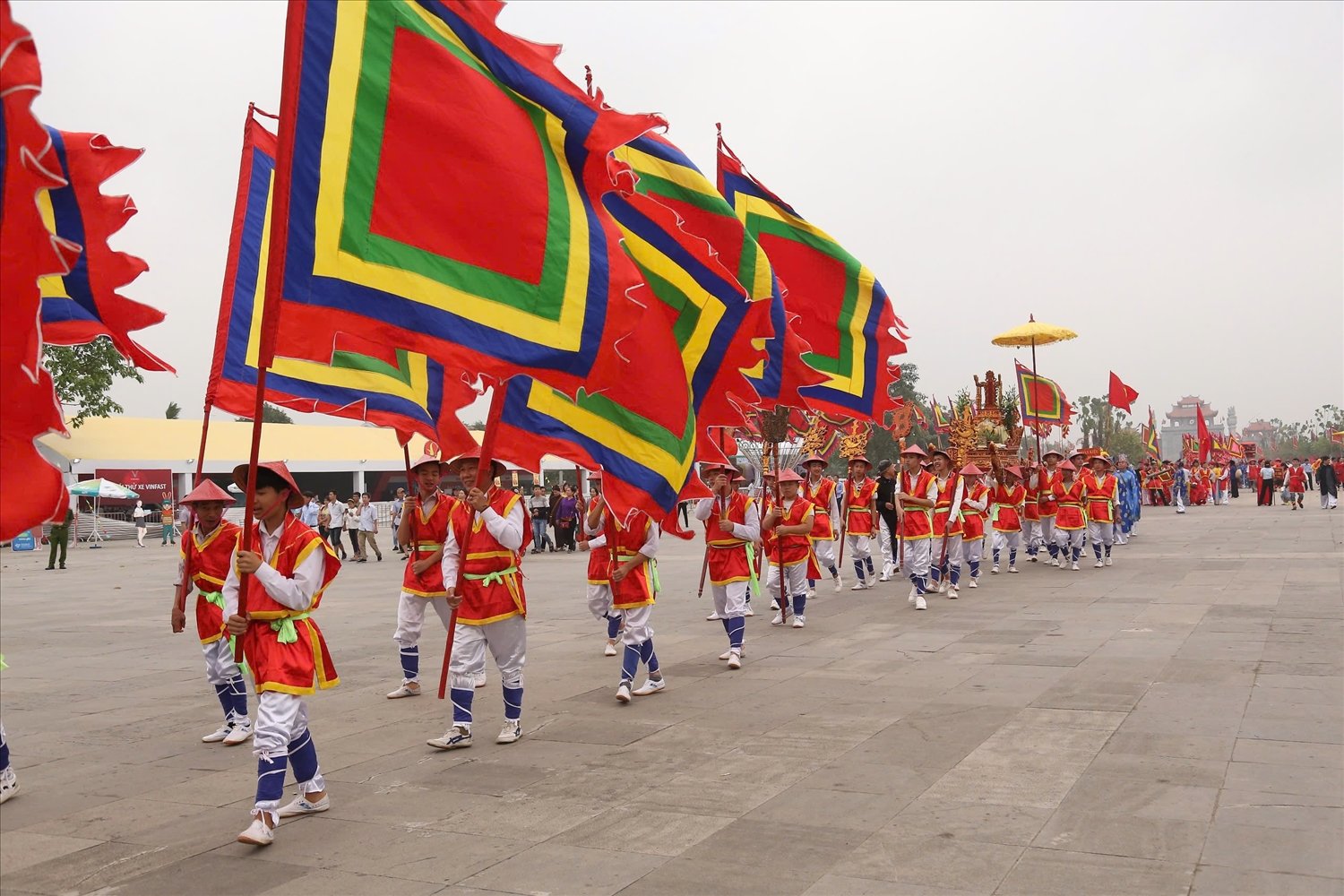
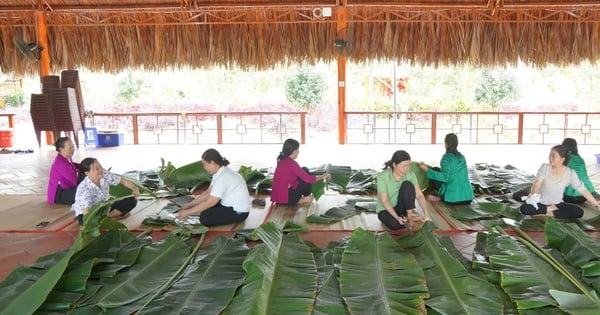




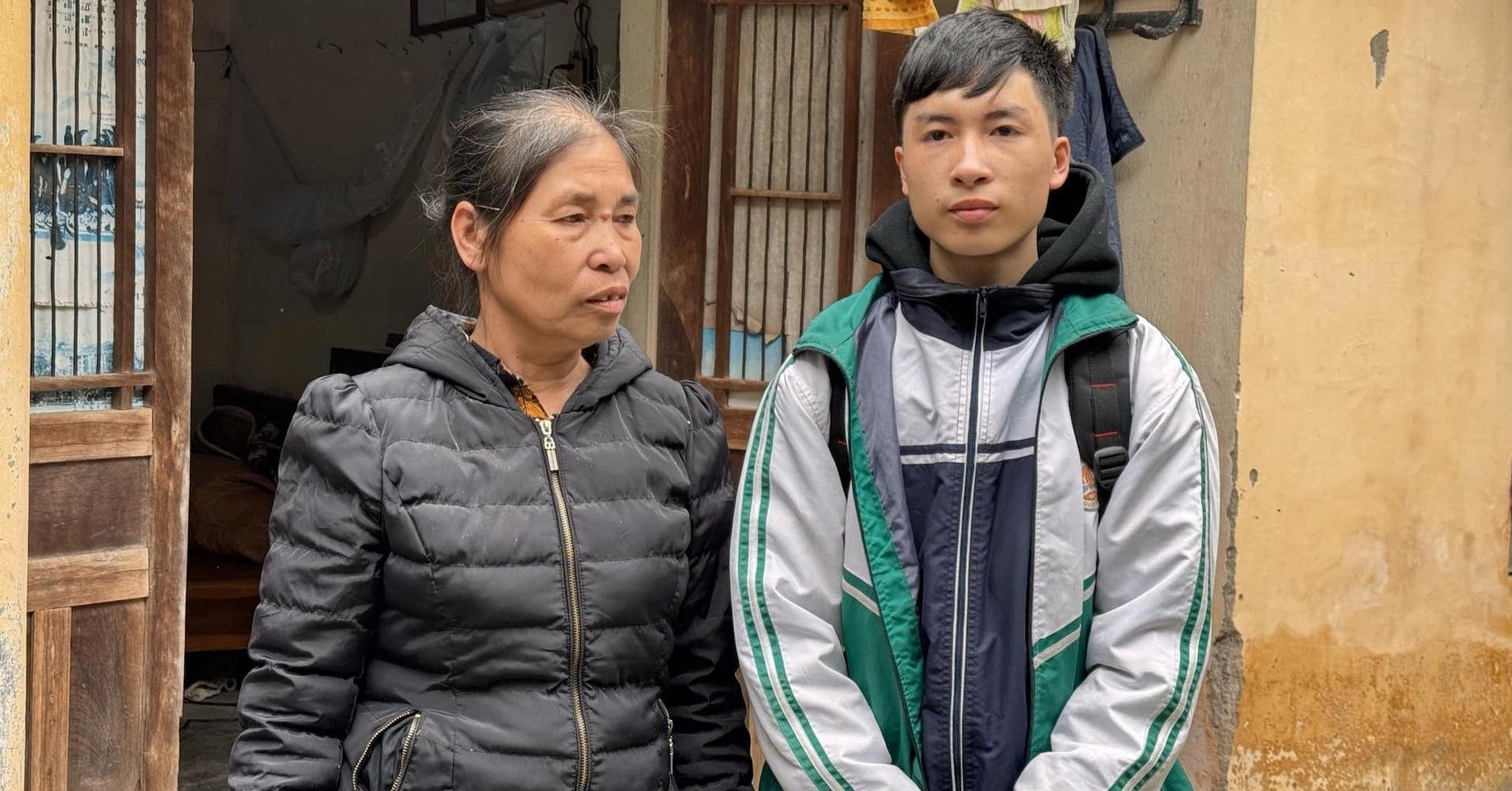

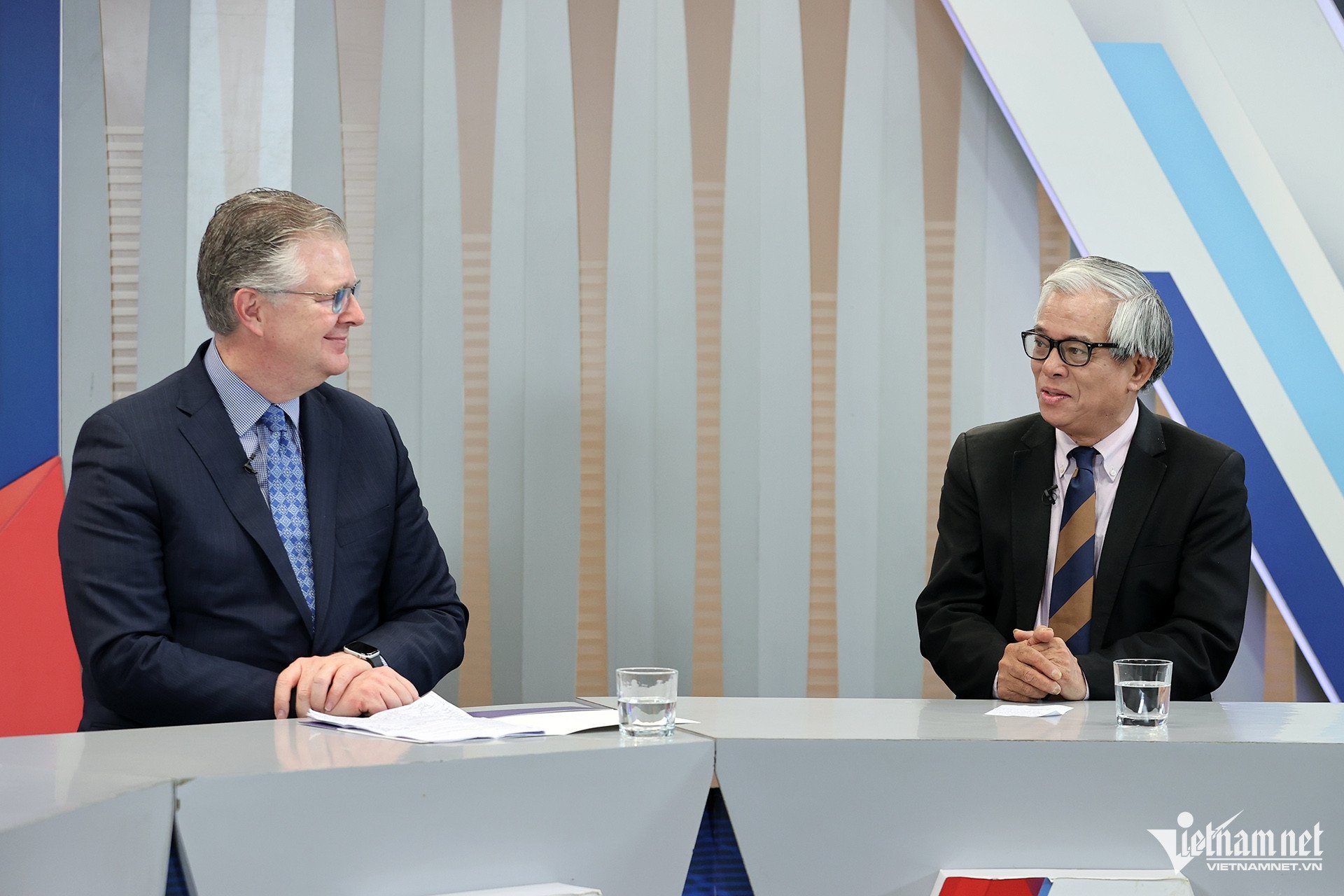

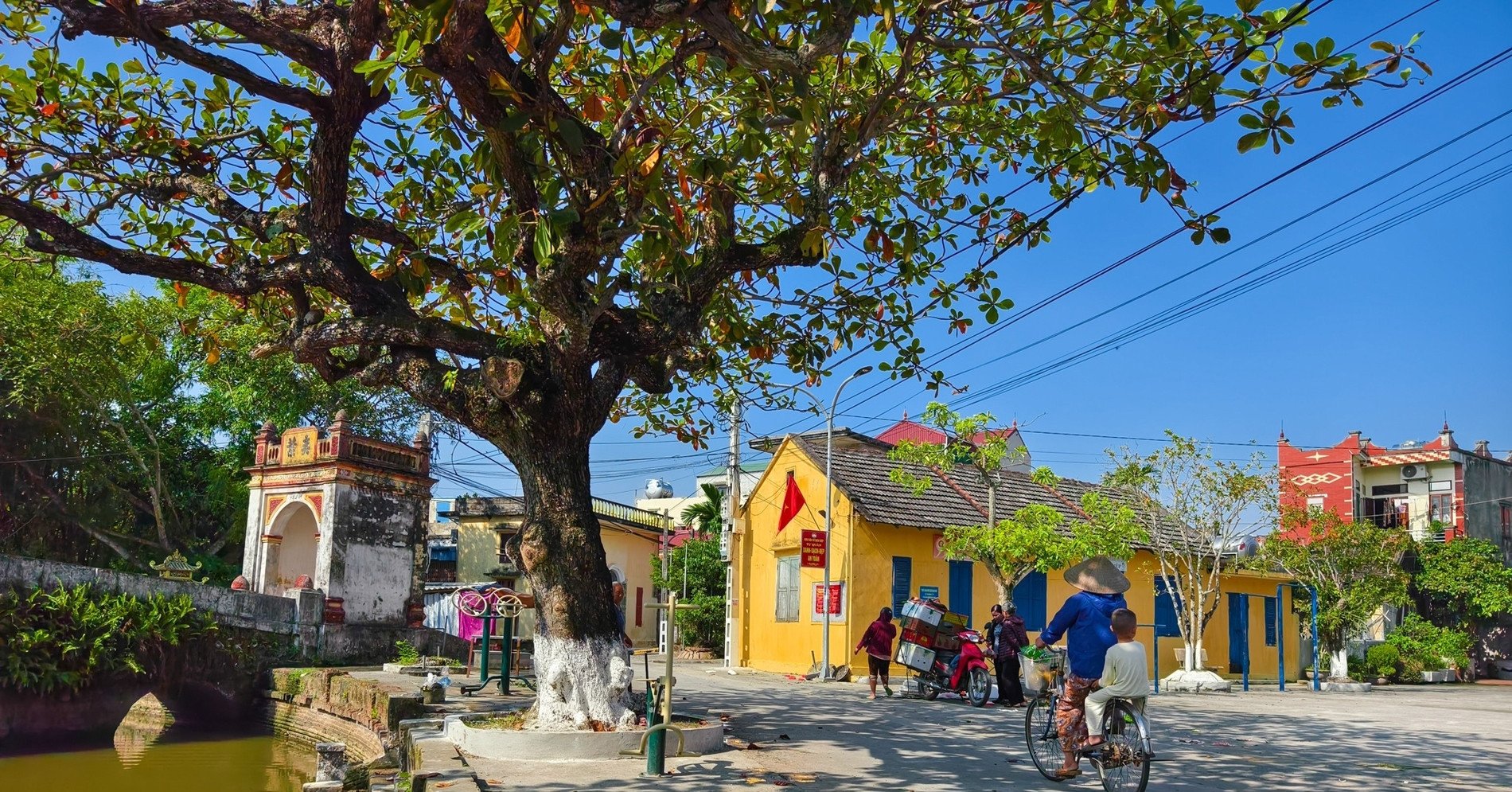
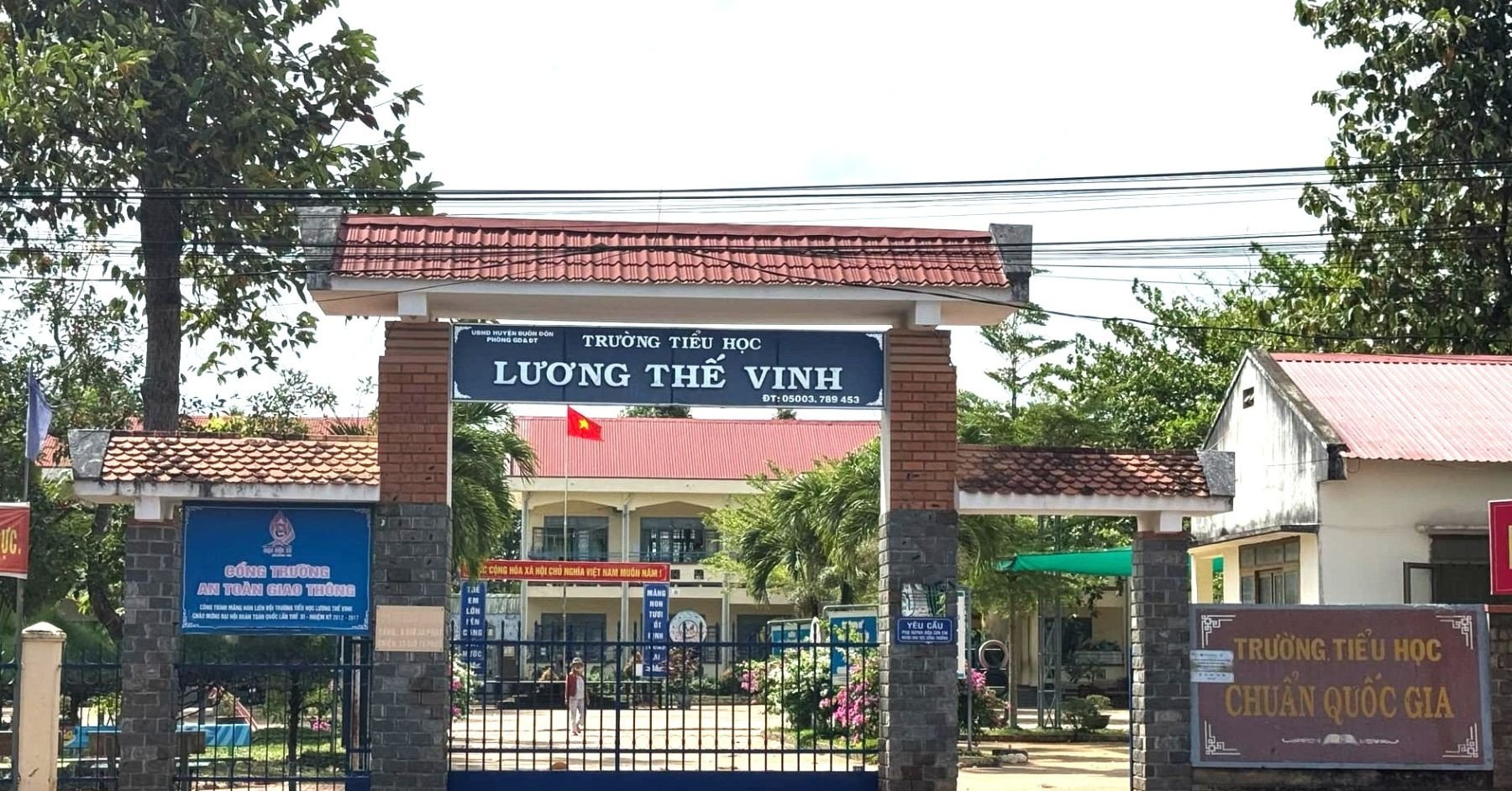
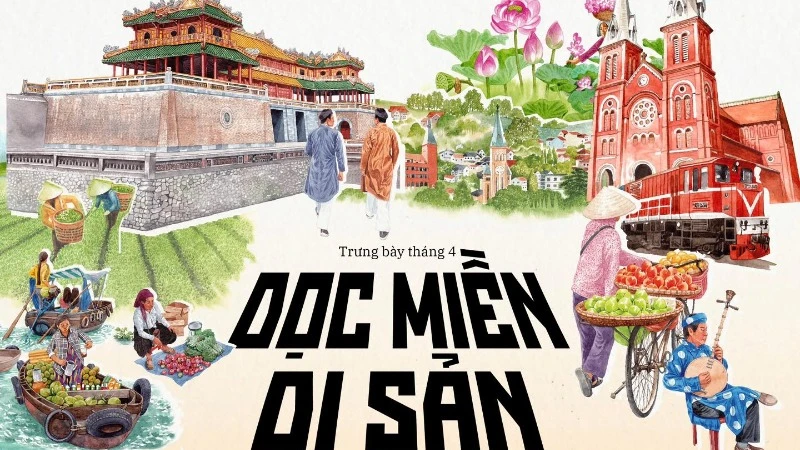

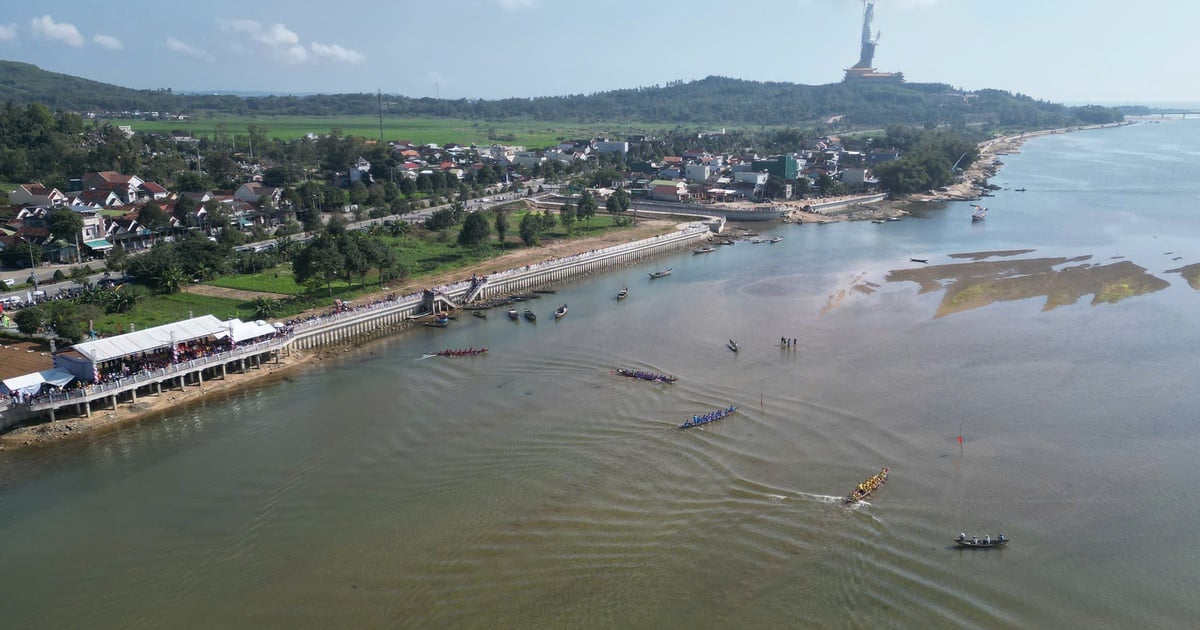


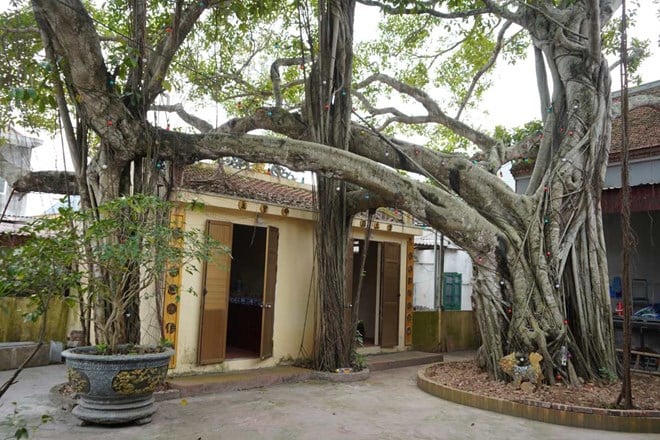



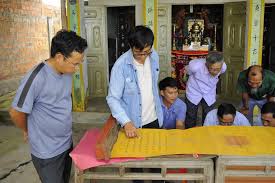

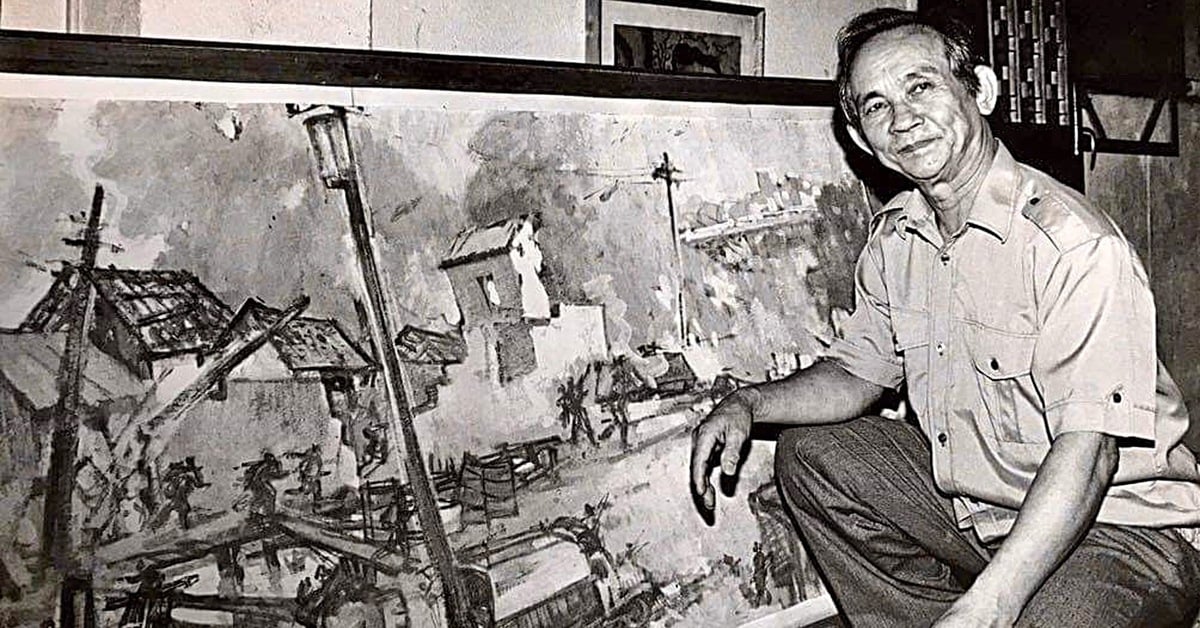


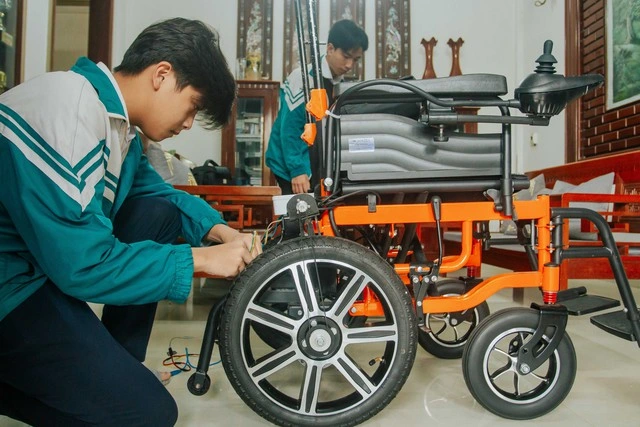
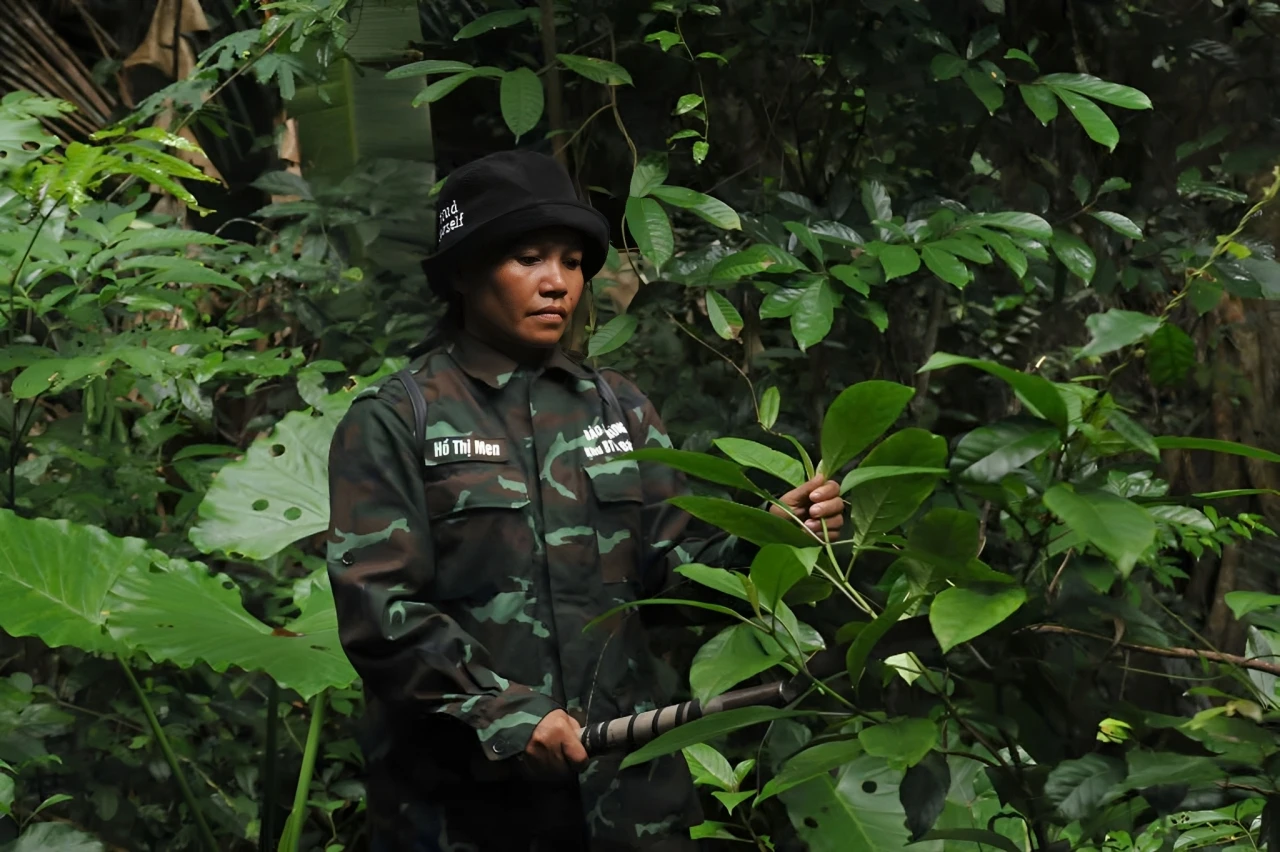

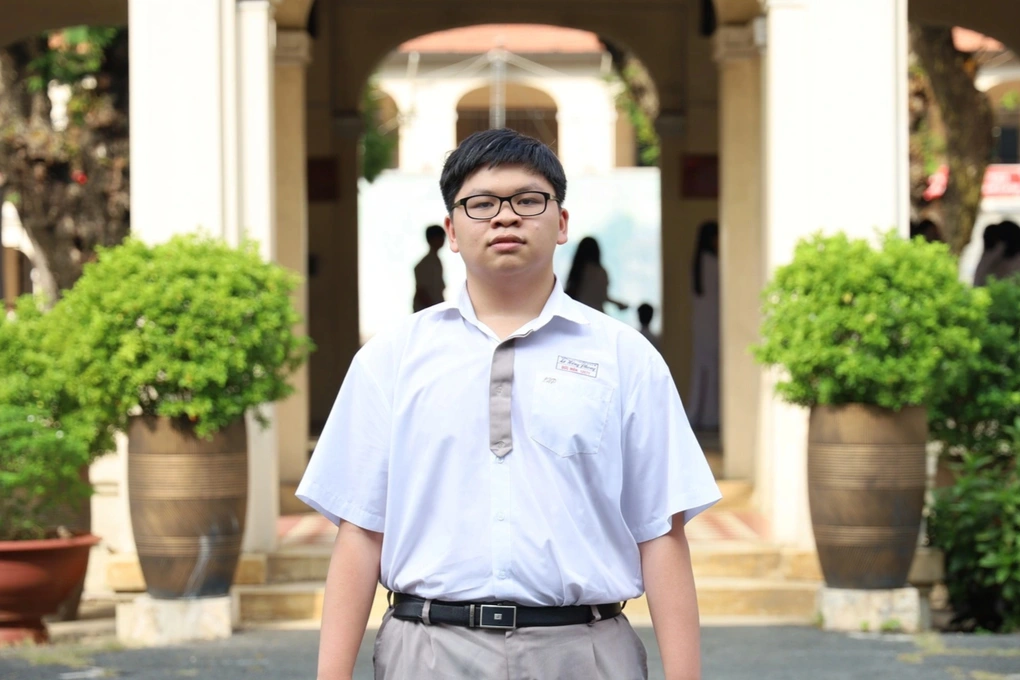










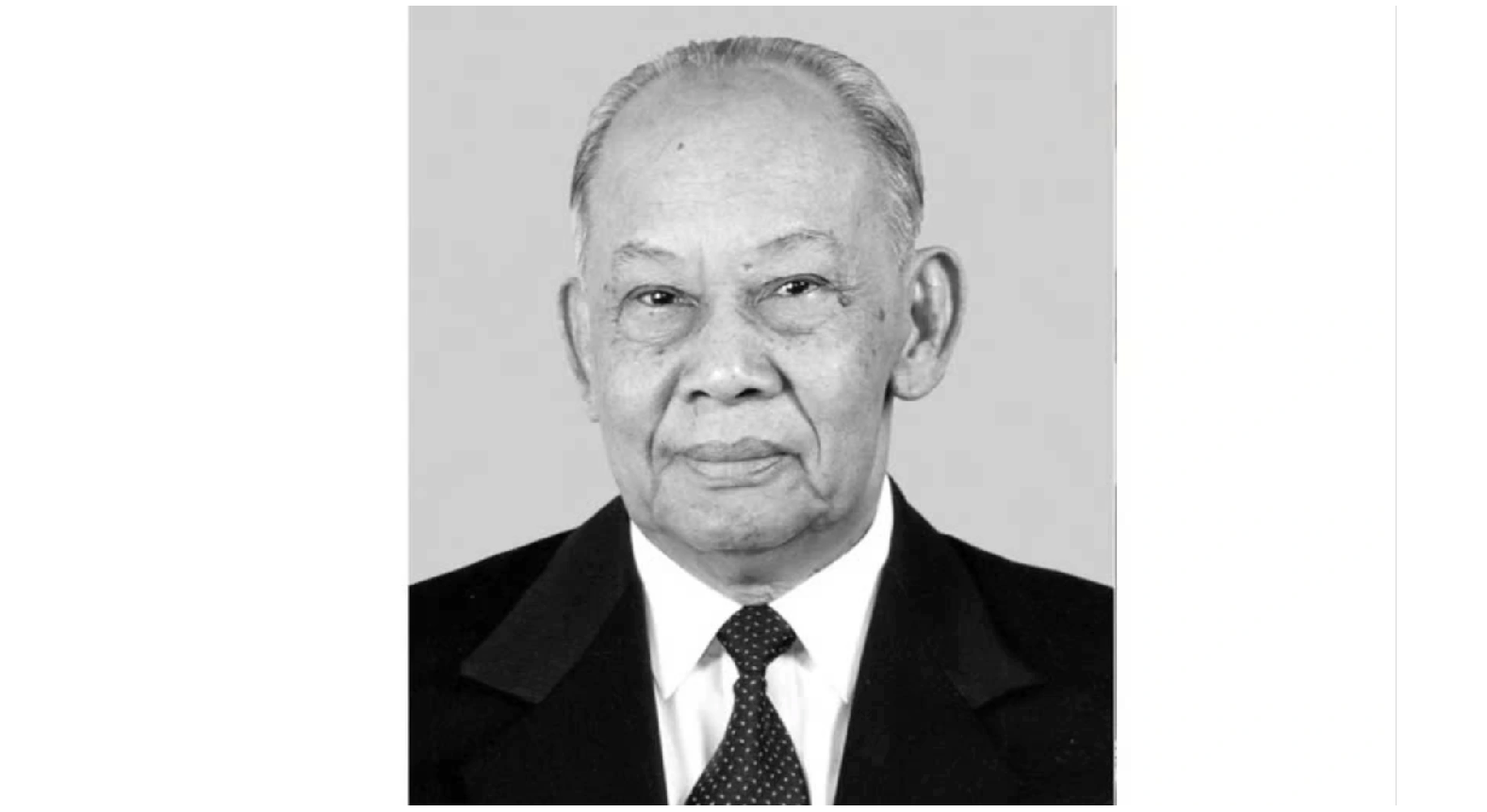




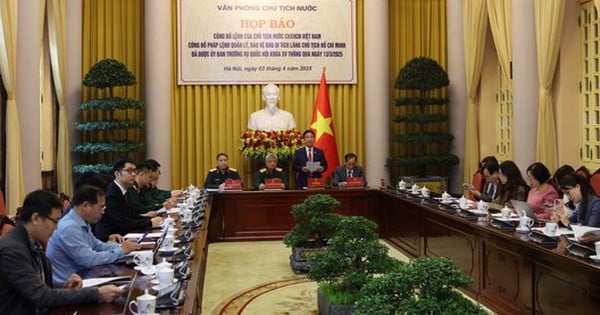



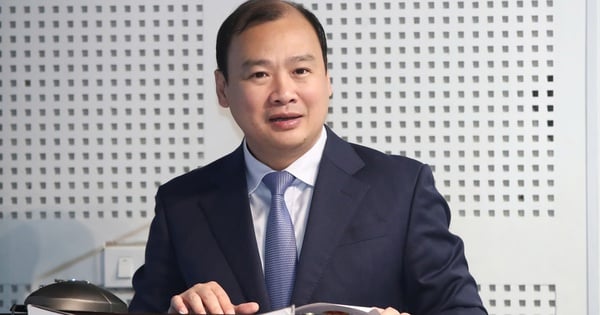
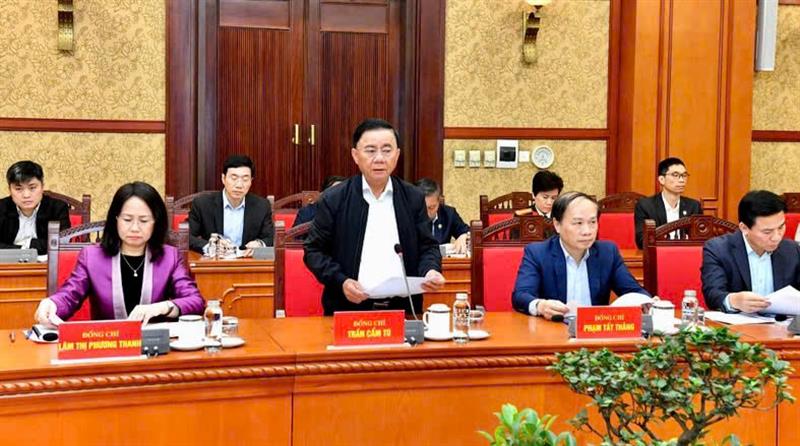


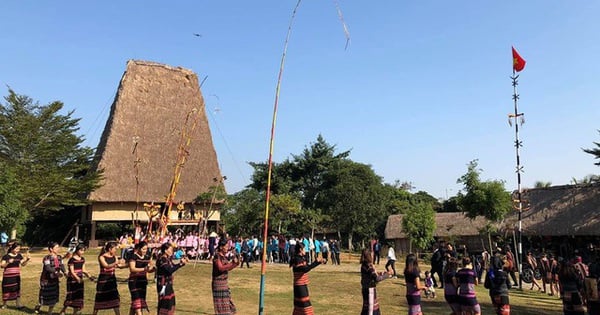
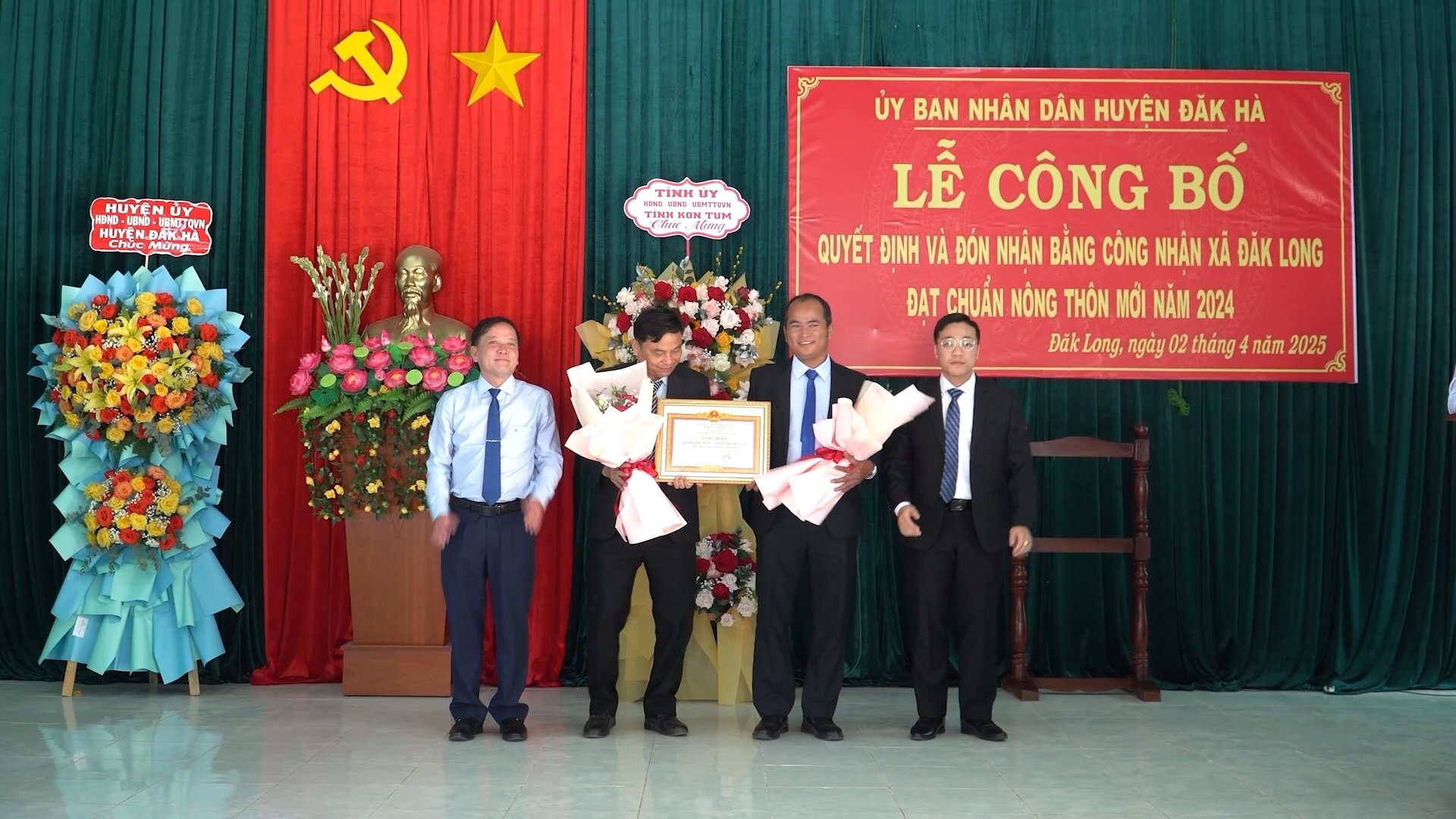


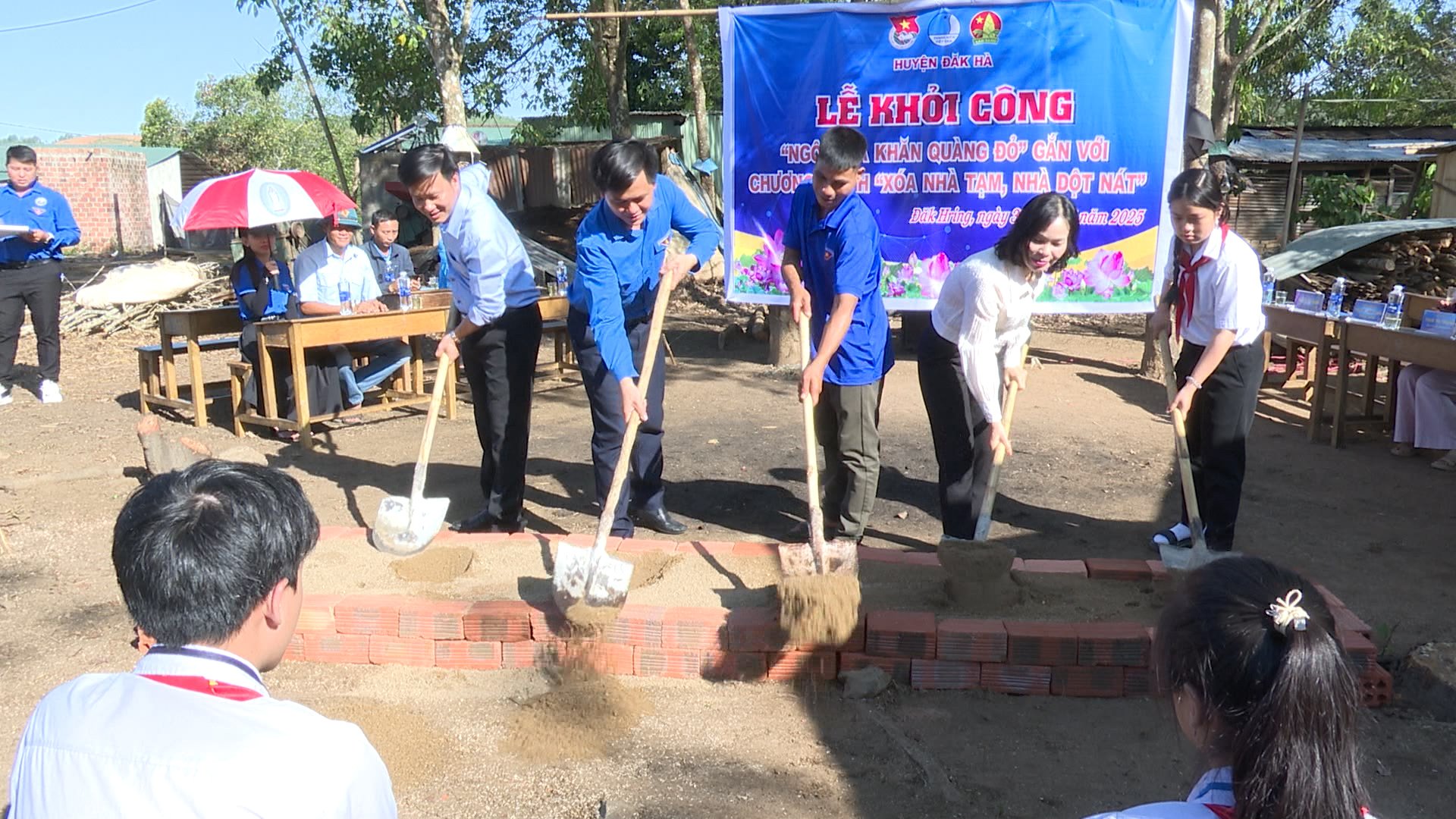
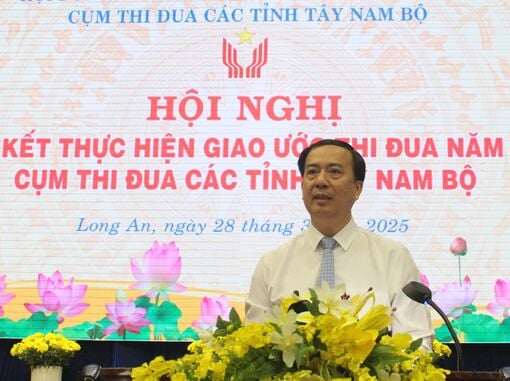
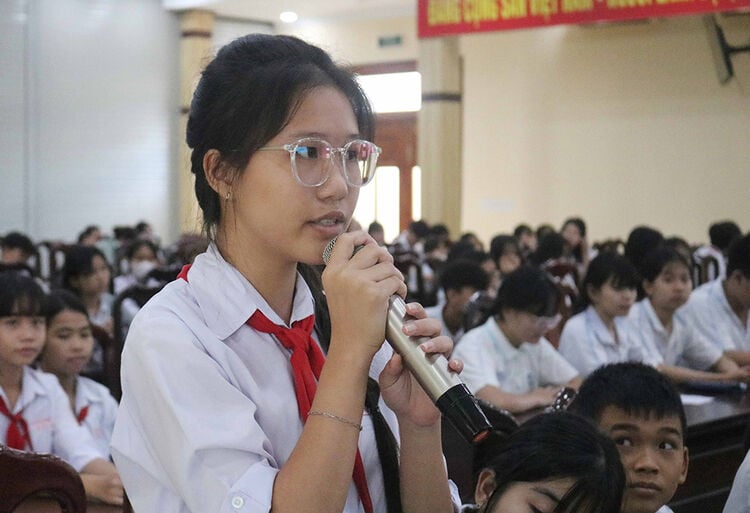













Comment (0)